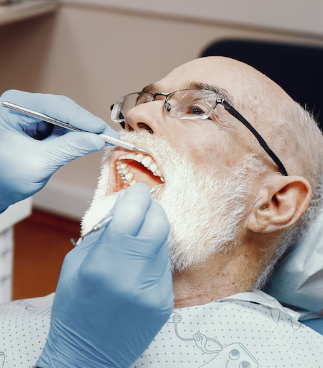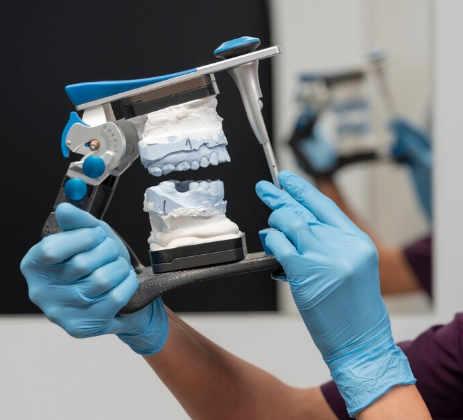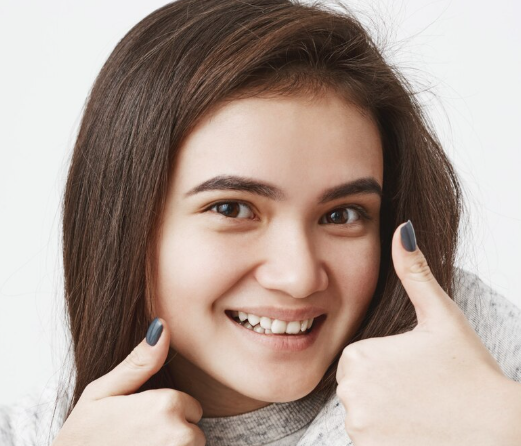Treatment Overview
Correction of Inverted Belly Button (a form of umbilicoplasty) is a cosmetic surgery designed to transform a sunken, inverted, or hidden navel into a natural, outward-facing belly button. Many individuals seek this procedure to achieve a more aesthetically pleasing, youthful, and balanced abdominal appearance, especially in cultures where showing the midriff is common.
In Korea, surgeons are renowned for their artistic precision and minimal-scar techniques. Umbilicoplasty is often performed as a standalone surgery or combined with tummy tuck, liposuction, or abdominoplasty to further enhance abdominal aesthetics. Using hidden incisions and fine suturing, Korean clinics deliver natural-looking results with minimal downtime.
Purpose & Benefits
- Corrects Inverted Belly Button: Reshapes inward or hidden navels into natural outward ones.
- Aesthetic Enhancement: Creates a balanced, youthful-looking midsection.
- Minimal Scarring: Incisions are hidden inside or around the navel.
- Confidence Boost: Enhances self-image in swimwear, crop tops, and fitted clothing.
- Customizable Results: Tailored to each patient’s body proportions and preferences.
Ideal Candidates
- Men and women with naturally inverted belly buttons.
- Individuals with belly button inversion caused by scarring, umbilical hernia repair, or prior surgery.
- Patients seeking refinement of belly button shape after pregnancy or weight changes.
- Adults in good health and with realistic expectations.
- Non-smokers or those willing to quit before and after surgery.
Possible Risks & Complications
- Temporary swelling, redness, or soreness.
- Mild discomfort at the incision site.
- Small risk of asymmetry or irregular contour.
- Rare risks: infection, delayed healing, or visible scarring.
Techniques Used
- Hidden Incisions: Placed inside or around the belly button for discretion.
- Umbilical Release & Reshaping: Tissues holding the navel inward are released.
- Fine Suturing Techniques: Recreate an outward, natural belly button shape.
- Combination Options: Often paired with abdominoplasty, liposuction, or scar revision.
Recovery & Aftercare
- 1–2 days: Mild swelling or tenderness around the belly button.
- 3–5 days: Return to daily activities and light work.
- 1–2 weeks: Sutures (if non-dissolvable) may be removed.
- 2–4 weeks: Resume exercise and more strenuous activity.
Aftercare Guidelines:
- Keep the area clean and dry to prevent infection.
- Avoid heavy lifting or abdominal strain for 1–2 weeks.
- Follow scar-care protocols (silicone gels or sheets).
- Protect the abdomen from sun exposure during healing.
- Attend follow-up visits for evaluation of symmetry and healing.
Results & Longevity
- A natural, outward-facing belly button with improved contour.
- Minimal or hidden scars for discreet results.
- Long-lasting outcome, especially if combined with body contouring procedures.
- Boost in confidence when wearing swimwear, crop tops, or fitted clothing.
Treatment Process in Korea
1. Consultation & Planning
- Surgeon evaluates belly button shape, abdominal contour, and skin quality.
- Customized plan created based on patient’s anatomy and desired result.
2. Procedure Day
- Usually performed under local anesthesia with sedation (general if combined with other surgery).
- Small hidden incision made inside or around the navel.
- Inverted tissue released, and belly button reshaped.
- Fine sutures placed for a natural, proportionate result.
3. Post-Operative Monitoring
- Quick recovery, with most patients discharged the same day.
- Dressing applied to protect the navel during early healing.
4. Follow-Up & Refinement
- Follow-ups at 1 week, 1 month, and 3 months.
- Optional scar-care or refinement if needed.
Why Korea is a Top Destination
- Surgeons skilled in delicate cosmetic refinements like belly button reshaping.
- Use of scar-minimizing sutures and hidden incisions.
- Combination options with liposuction, tummy tuck, or scar revision for enhanced results.
- Affordable compared to Western countries, with equal or higher precision.
- International-friendly clinics in Seoul with multilingual staff and personalized aftercare.
Cost Range
The cost of Correction of Inverted Belly Button (Umbilicoplasty) in Korea depends on the complexity, whether it’s combined with other surgeries, and clinic reputation.
Estimated Pricing:
- Standalone Umbilicoplasty (Inverted Navel Correction): USD $1,500 – $3,000
- Umbilicoplasty + Scar Revision: USD $2,000 – $3,500
- Umbilicoplasty + Liposuction / Mini-Tummy Tuck: USD $3,500 – $6,000
- Premium Clinics (scar-care, 3D imaging, VIP aftercare): USD $4,000 – $7,000
Additional Costs:
- Consultation & imaging: USD $50 – $150
- Medications & aftercare dressings: USD $100 – $200
- Optional scar treatments (laser, silicone): USD $200 – $500
Popular Clinics
- Banobagi Plastic Surgery (Seoul): Specialists in cosmetic belly button reshaping.
- ID Hospital (Seoul): Known for combining umbilicoplasty with abdominoplasty.
- JK Plastic Surgery Center (Seoul): JCI-accredited, premium abdominal surgery and scar care.
- View Plastic Surgery Clinic (Seoul): Experts in scar revision and belly button aesthetics.
- JW Plastic Surgery (Seoul): Leaders in umbilicoplasty with natural, minimal-scar results.




